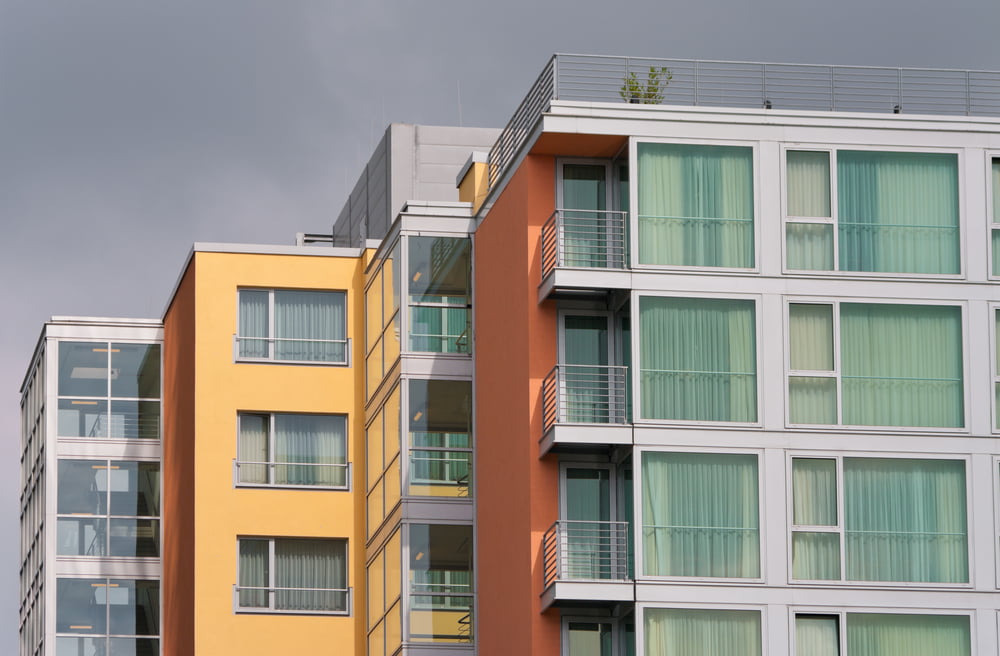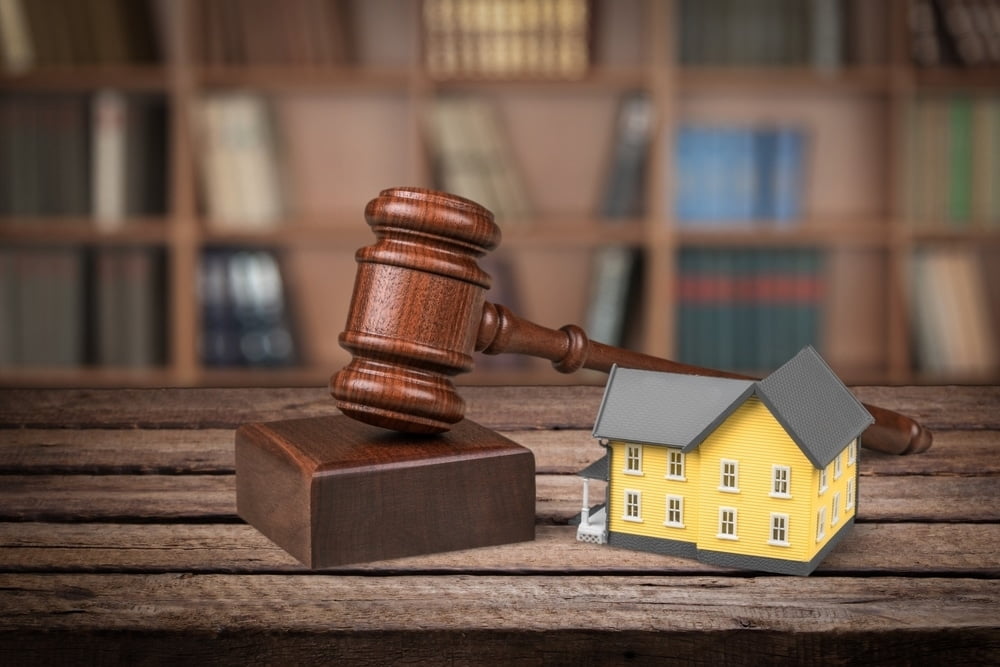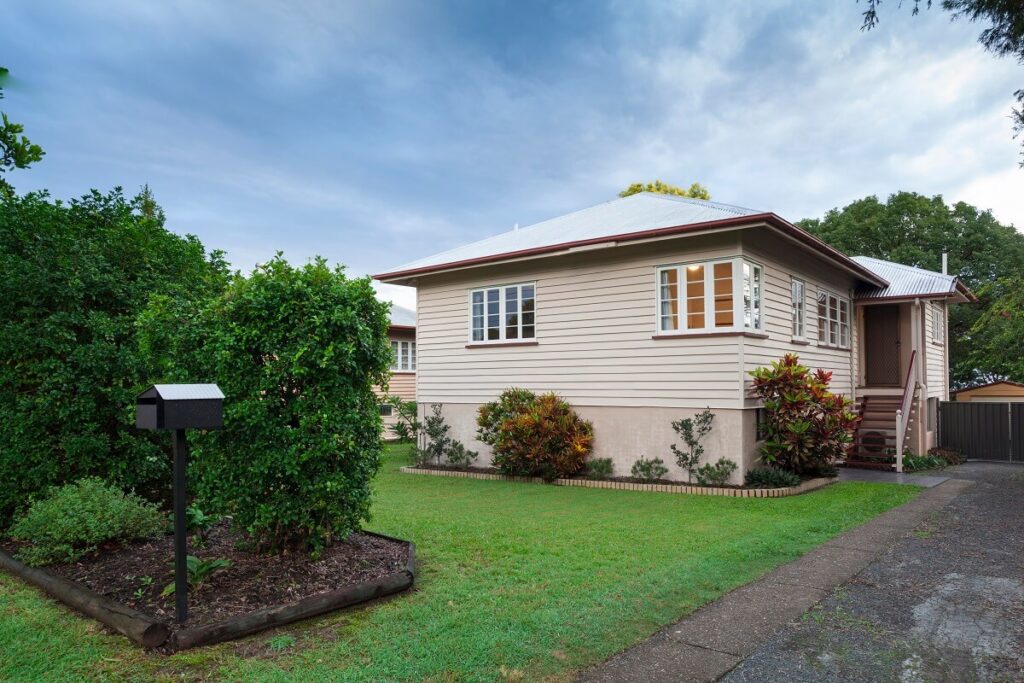When buying a property, it is imperative you understand who oversees what. There can be all sorts of jargon thrown around making an already stressful situation so much more complicated. Whilst the lines can and do cross, there are significant differences which need to be made clear.
To ensure that your new property purchase is up to code and to know who to rely on to perform an inspection that will identify any building defects, read on!
What is the QBCC Act?
The Queensland Building and Construction Commission Act 1991 (or QBCC Act) was established to regulate the building industry with a view to ensuring standards are adhered to at all stages of construction. The regulatory authority, whose role it is to enforce this act, also has a focus on providing remedies for defective building work.
What is the National Construction Code?
The National Construction Code (NCC) was established to achieve a nationwide, consistent approach when it comes to the construction of new buildings. Throughout Australia, minimum requirements are to be adhered to covering structural safety, health and sustainability for all on-site building and plumbing requirements.
Captured in a single code, this enables consistency and works alongside various state acts, including the QBCC Act, to strengthen and provide guarantees for new building construction.
Is a pre-purchase building inspection different, and how?
Many then ask themselves, and rightly so, “Do I still need to organise a pre-purchase building inspection? And if so, who can I call?” That’s easy! A building inspector.
An independent, qualified, and licensed building inspector works for you! With a view to ensuring the home is structurally sound and compliant before you sign on the dotted line, your pre-purchase building inspection report will document issues identified as well as guidance on how concerns can be repaired. Not only does this give you bargaining power to negotiate on price but also the confidence to walk away should the report be littered with risks.
Action Property Inspection building reports also come with diagrams and a glossary section for you to reference should you have any questions regarding any terminology used. The use of thermal image cameras and colour digital photography provides a visual record of the original condition of the property, and also provides evidence of faults that are not clearly visible in inaccessible areas, e.g. areas within the roof.
The enforcement of both the QBCC and the NCC codes comes under the jurisdiction of those administering these acts. An independent building inspector works for you.













